The Curve Tracer 2Plus is a defect tracking device, commonly known as a curve analyzer or Curve Tracer, that incorporates curve analysis features.
Curve analysis is a powerful test technique for finding defects on printed circuit boards: an AC voltage of a given frequency is applied to a pin at a given point on the circuit board, and the analyzer applies voltage and current, resulting in a curve shape on the XY display. This display is a “signature” of circuit operation that can be compared to a pattern or a known “good” circuit board. If the patterns do not match, the test board is defective.
For example, when testing a point, an ellipse will appear for a capacitor, a straight line at an angle for a resistor, a characteristic exponential curve for a diode, etc.
Professional assistance in diagnosis of all electronic devices.
Characteristics:
- Ability to memorize measurement points and curves by photo
- Sensing mode (point-to-point), three-point shooting
- Measurement of resistors, capacitors, diodes, etc.
- Real-time data recording and comparison
Test profiles: 4 (low, normal, maximum and automatic performance)
Low power
- Suitable for low voltage/frequency boards. Also suitable for boards where the capacitance level is high, as the set frequency is 4 Hz, maximum voltage 1 V (2 V). RMS voltage: 0.70710 V and impedance 10 kOhm.
Normal power
- Suitable for most tests. This option is already selected by default at the start of future tests, but you can change it at your discretion. In this test, the frequency is set to 40 Hz, the maximum voltage is 2 V (4 V). RMS voltage: 1.41420 V and impedance 10 kOhm.
Maximum power
- Suitable for power circuits, transistors, amplifiers, etc. With this option, the frequency will be higher. In this test, the embedded frequency is 50 Hz, the minimum voltage is 2.4 V (4.8 V). RMS voltage: 1.697040 V and impedance 10 kOhm
Automatic power
- It is used when the measured board is unknown, the current in this profile will be limited by the measured circuit. In this test, the frequency is set from 30Hz to 1kHz, the maximum voltage from 2V (4V) to 2.4V (4.8V). Maximum RMS voltage: 1.697040 V and impedance 10 kOhm.
Technical data:
- Channels: 3 (2 for comparison, memorization and tests and 1 for triggering transistors, triacs, etc.)
- Power: USB only
- Maximum test voltage: up to 2.4 V (4.8 V)
- Maximum current: 10 mA
- Test voltage application time: 1.5 ms
- Impedance: 10 kOhm
- Sensitivity: 2.5 mV
- Frame rate: 0.05 mS/div … 0.100 mS/div
- Voltage pulse output (yellow): +5 V
- Frequency (digital): from 4 Hz to 1 kHz
- Dimensions: 11,7 cm x 7,5 cm x 3,4 cm
- Weight: 450 grams with complete accessories
NOTICE:
RastreCurve is manufactured and designed in accordance with international RoHS regulations.
Users should observe the following usage rules:
- It is imperative that the table and, if possible, the pad under the device are isolated and grounded (REF GND).
- Test only electronic circuit boards without power supply. Before testing, the electronic circuit or device must be disconnected and properly discharged from the capacitors.
- Users of this equipment must have knowledge and experience in repairing electronic components, printed circuit boards, etc.
- When using RastreCurve, do not touch the probe with your finger.
- Do not use this equipment without sufficient knowledge and experience with electronics, stay well away from high voltage, do not use parallel laptop power supplies which can cause interference as well as mains voltage which can damage the system.
- During the test it is not allowed to modify, add or insert external signals
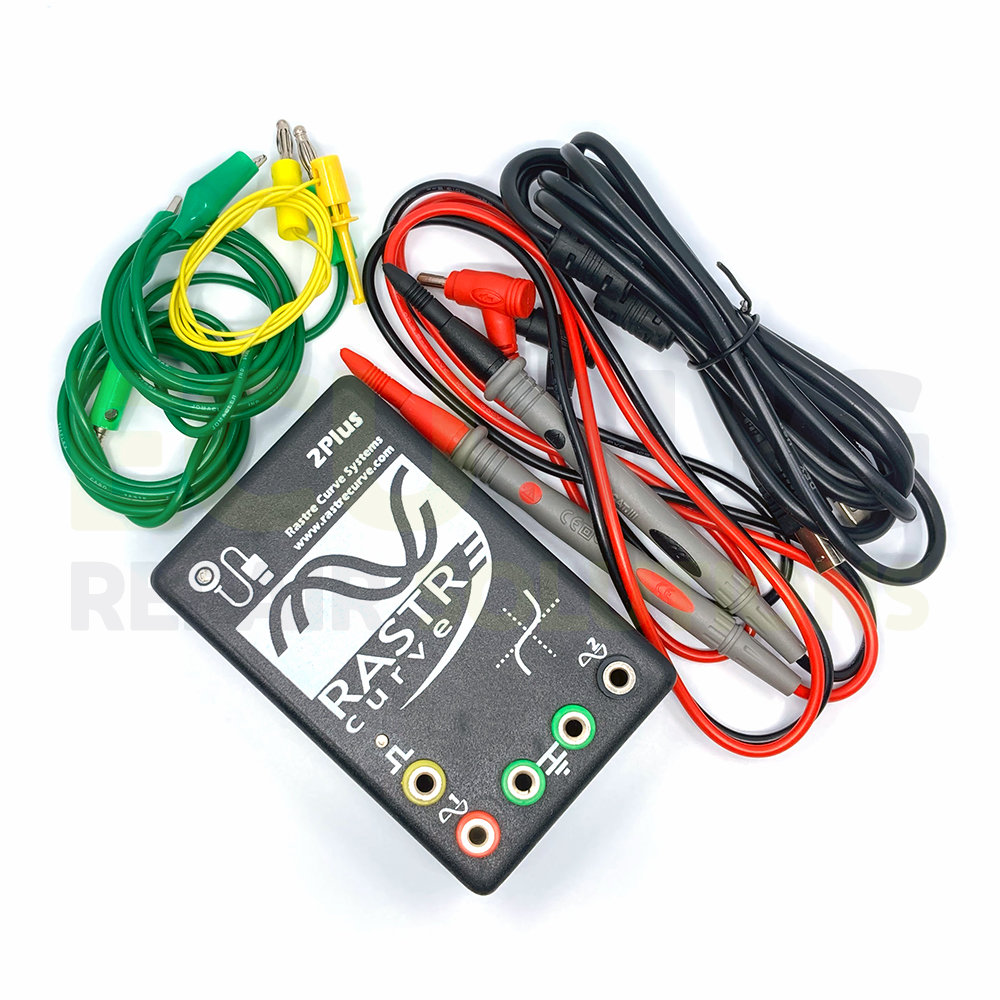
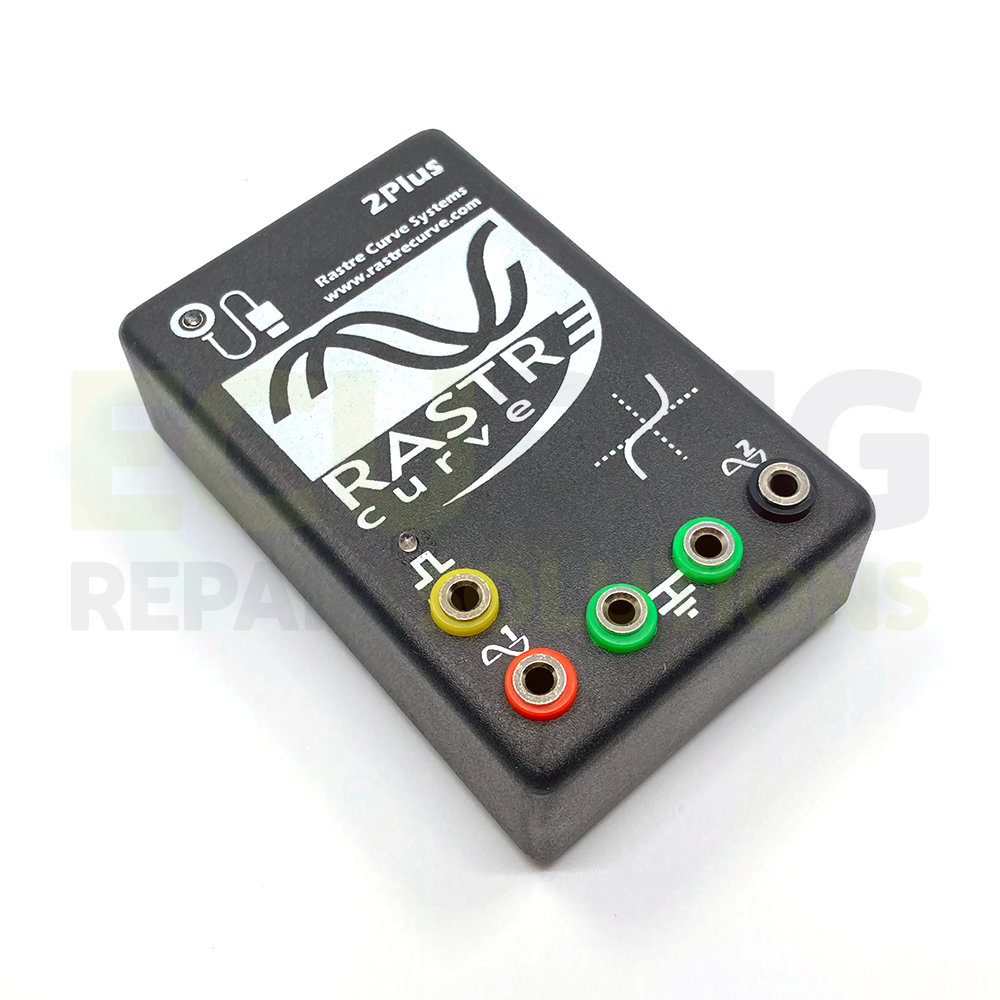


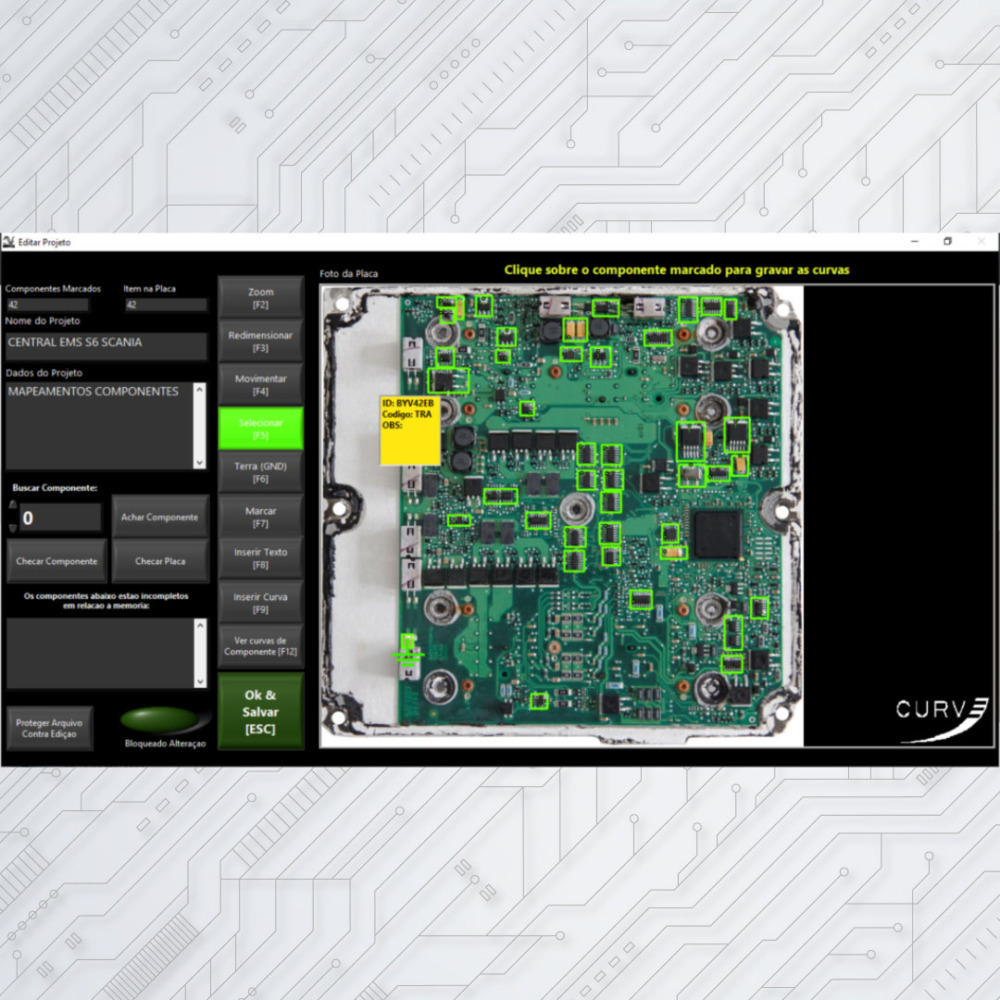


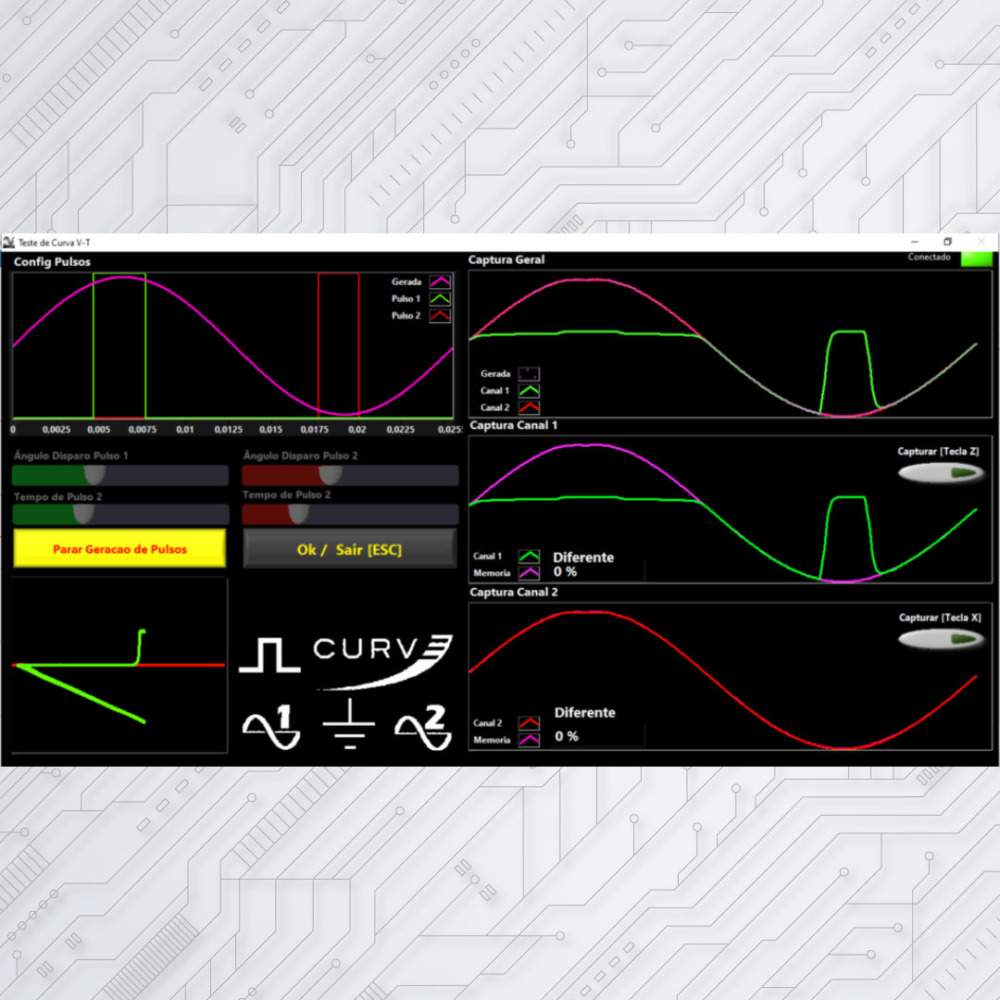
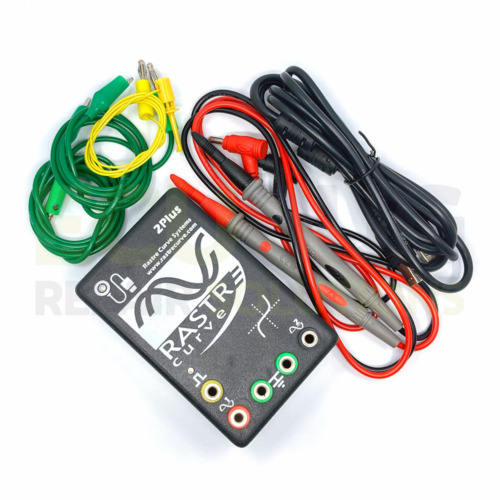
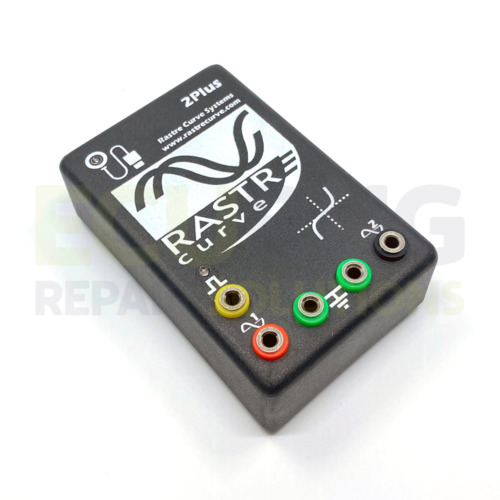


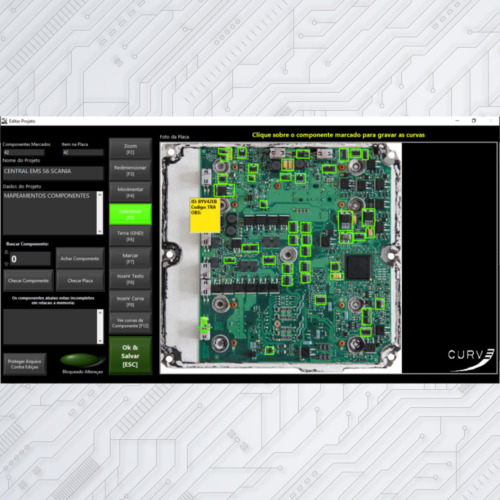

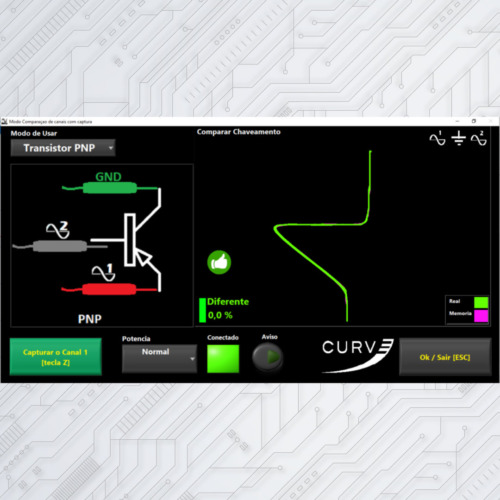


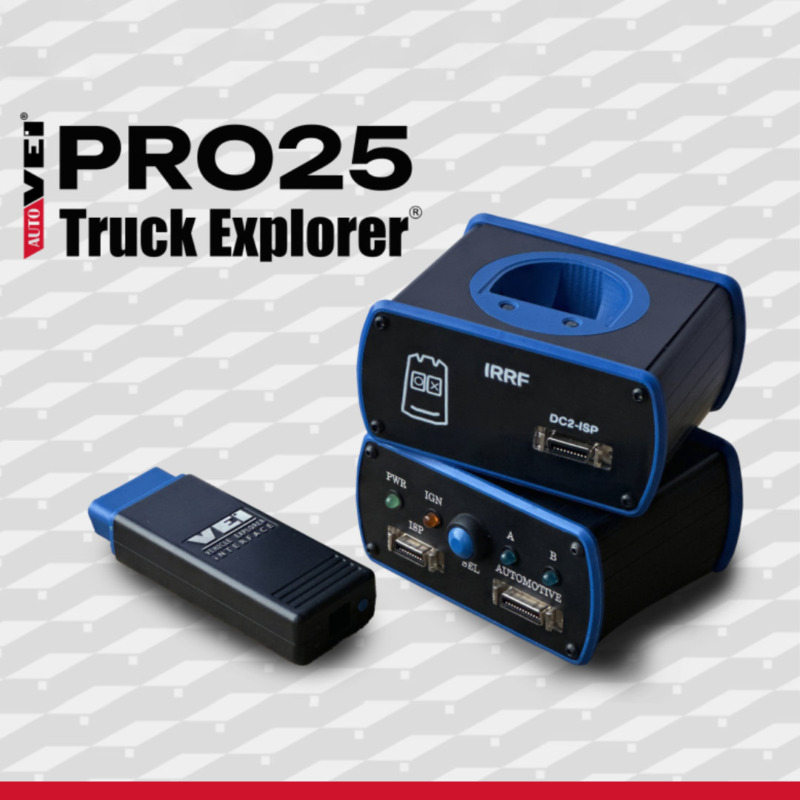




Reviews
There are no reviews yet.